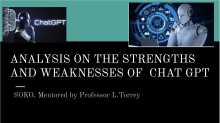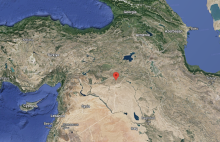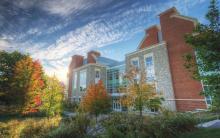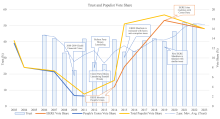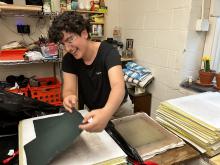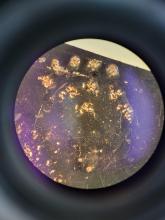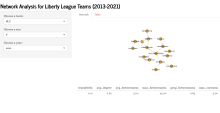Remembering and Restoring World War II Registrar Helen Whalen’s Legacy at St. Lawrence
Helen “Tommie” Whalen had a palpable presence during her time at St. Lawrence University, where she served as the school’s registrar from 1930 to 1968 and acted as communications officer between the institution and enlisted students during WWII. Helen Whalen’s importance to St. Lawrence is reflected by the fact that she is in the athletic hall of fame and her work is mentioned in Candle in the Wilderness.


